What Does “Pure” Mean in Chemistry?
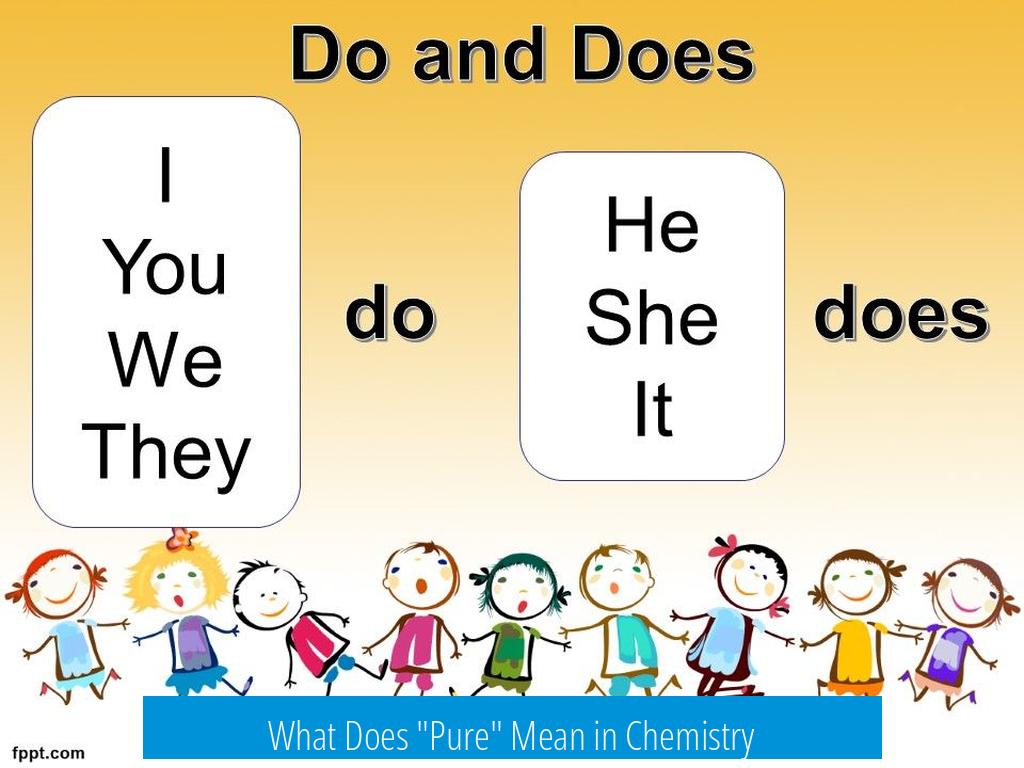
In chemistry, “pure” refers to a substance containing only one compound or element without other substances mixed in, but the term alone is vague and often meaningless without supporting data. The label “pure” does not guarantee absolute absence of impurities or specify the exact chemical composition. Understanding what “pure” means requires examining context, analytical data, and relevant chemical standards.
Why Is “Pure” Often Considered Insufficient?
The term “pure” by itself is too broad to be useful in scientific and industrial chemistry. Materials labeled as “pure” often lack precise documentation about their quality. For example:
- “Pure” can be a mere marketing term without verification.
- Labels often fail to include an analysis or Certificate of Analysis (CoA), which is essential to confirm purity level.
- Terms like “technical,” “refined,” “lab-grade,” or “finest” similarly provide no assured quantitative information.
Chemists rely on established purity standards such as ACS, USP, BP, or Analar grades. These define acceptable impurity levels and ensure consistent quality. A material labeled “pure” without reference to such standards or analytical data should be regarded skeptically.
How Does Context Affect the Definition of “Pure”?
The meaning of “pure” changes depending on the substance described.
- For an element, “pure” means 100% of that element, like pure carbon having only carbon atoms.
- For a chemical compound, it signifies the compound exists without other compounds, such as pure carbon dioxide being 100% CO2 molecules.
- For mixtures defined by fixed ratios, such as vodka, “pure” could mean a constant known composition, for example exactly 60% water and 40% ethanol by volume.
Thus, purity means homogeneity with respect to the intended component or mixture, but not necessarily absolute absence of all other substances or water molecules if the compound is a hydrate.
Example: “Pure” Lithium Hydroxide Monohydrate (LiOH·H2O)
When a sample is labeled as pure LiOH·H2O, this means it contains only lithium hydroxide monohydrate molecules, not anhydrous lithium hydroxide or other lithium species. Analysis clarifies composition:
| Component | Molecular Weight (g/mol) | Percentage of Total Mass |
|---|---|---|
| LiOH (Lithium Hydroxide) | 23.95 | ~57% |
| H2O (Water of Hydration) | 18.015 | ~43% |
| Total LiOH·H2O | 41.965 | 100% |
In this context, “pure” LiOH·H2O comprises about 57% lithium hydroxide by weight and 43% water of crystallization. The total material consists solely of the monohydrate compound. The remaining mass is not impurity but a fixed and required part of the compound. The purity claim means no other lithium compounds or contaminants are present beyond trace levels.
Practical Considerations: Purity Is Always a Spectrum
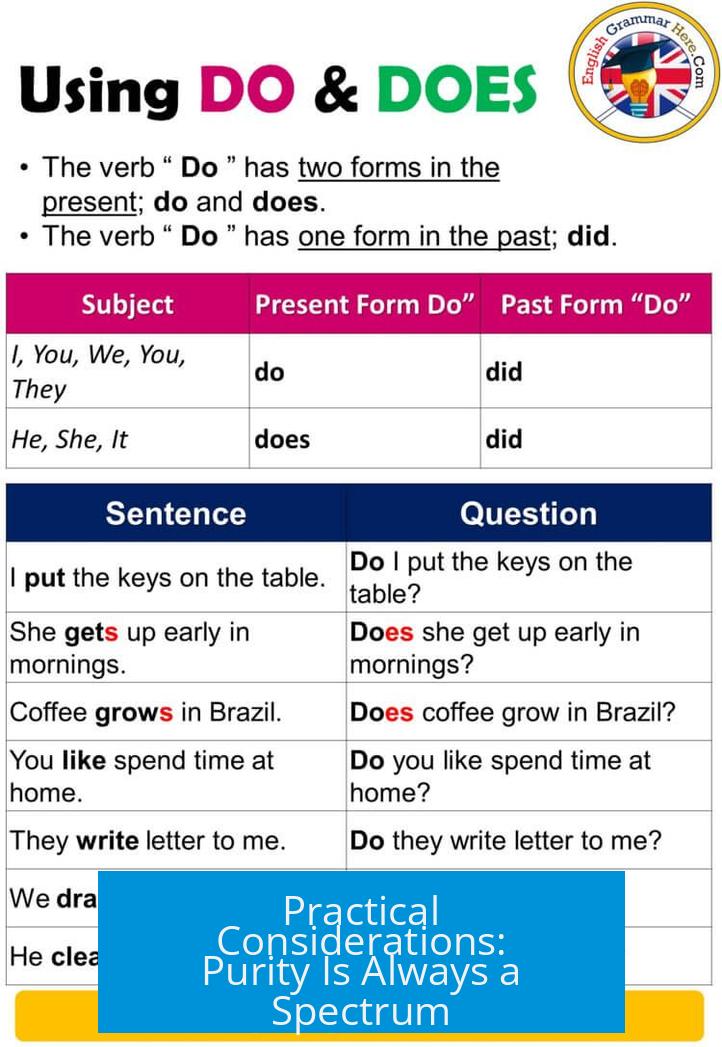
Absolute purity does not exist in practice. All materials contain some impurities such as atmospheric gases, trace residues, or minor contaminants. Therefore, purity is best indicated by an assay or composition percentage rather than vague terms.
- Purity can range widely depending on the material and intended use—for instance, some “pure” reagents might be only 90-93% of the desired compound.
- Concentration is not the same as purity. A solution can be 100% pure solute but present at different concentrations, affecting usefulness.
- Grades reflect quality assurance levels relevant for production or quality control but must be confirmed by analytical certificates.
For critical applications, requesting a Certificate of Analysis from the supplier offers transparency about impurity levels and assay values. This allows informed decisions rather than reliance on ambiguous labels.
Common Confusions and Mislabels Around “Pure”
Misunderstandings arise when packaging or translations contradict each other or when the hydration state is unclear. Examples include:
- A chemical labeled both “anhydrous” and “monohydrate” on different parts of packaging causes confusion.
- Different languages may inconsistently translate compound states.
- Uncertainty about whether “pure” means only the active compound or includes hydration or solvent molecules.
Such ambiguities stress the importance of precise chemical nomenclature and proper documentation.
Summary of Key Takeaways
- “Pure” alone is insufficient without supporting analytical data like a Certificate of Analysis.
- The term depends on context: elements, compounds, or fixed-ratio mixtures have distinct purity definitions.
- For hydrates like LiOH·H2O, “pure” refers to the compound including hydration water, not just the anhydrous species.
- Purity reflects absence of contaminants within acceptable limits but does not imply absolute zero impurities.
- Always consider assay values, composition percentages, and relevant standards rather than relying solely on the label “pure.”


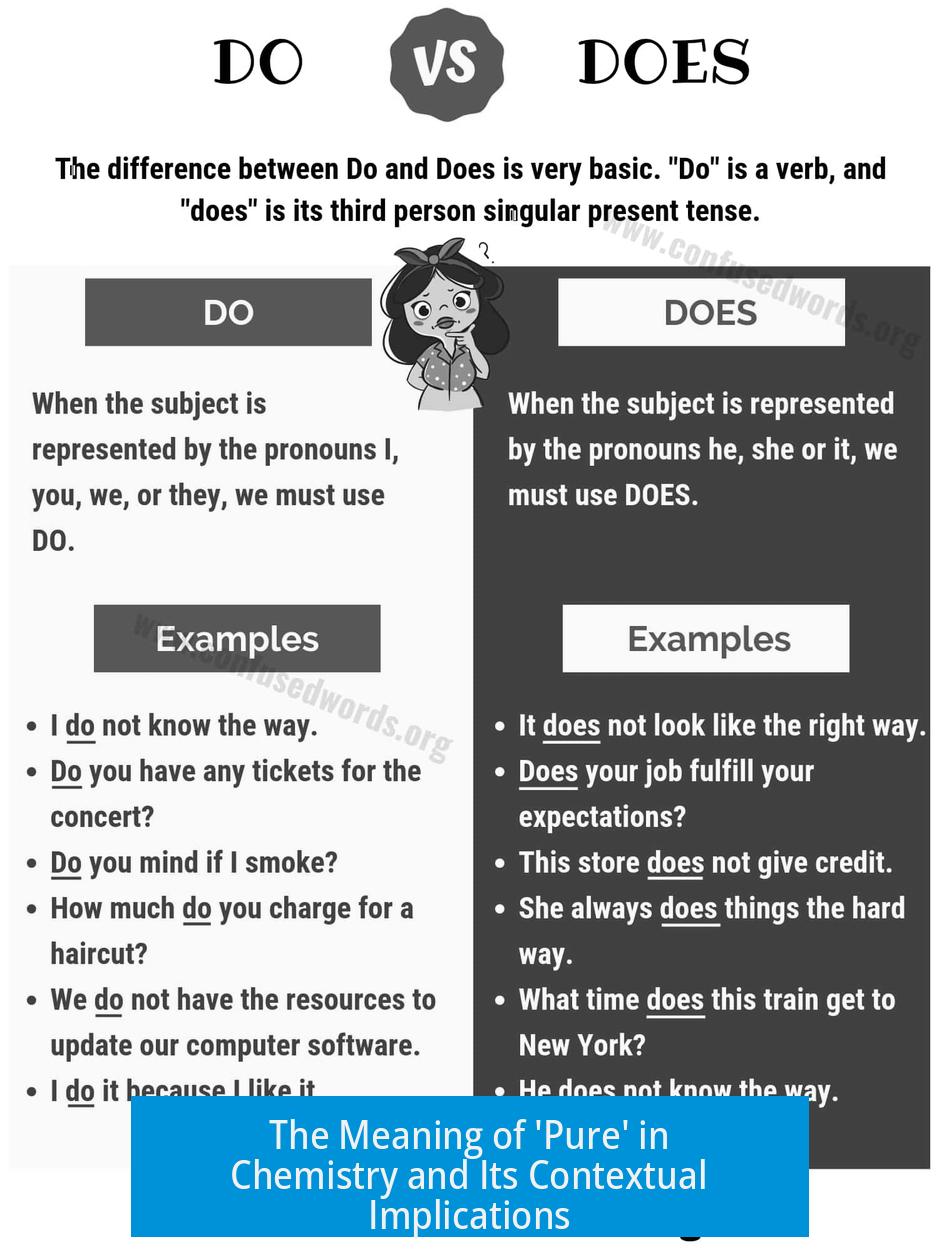
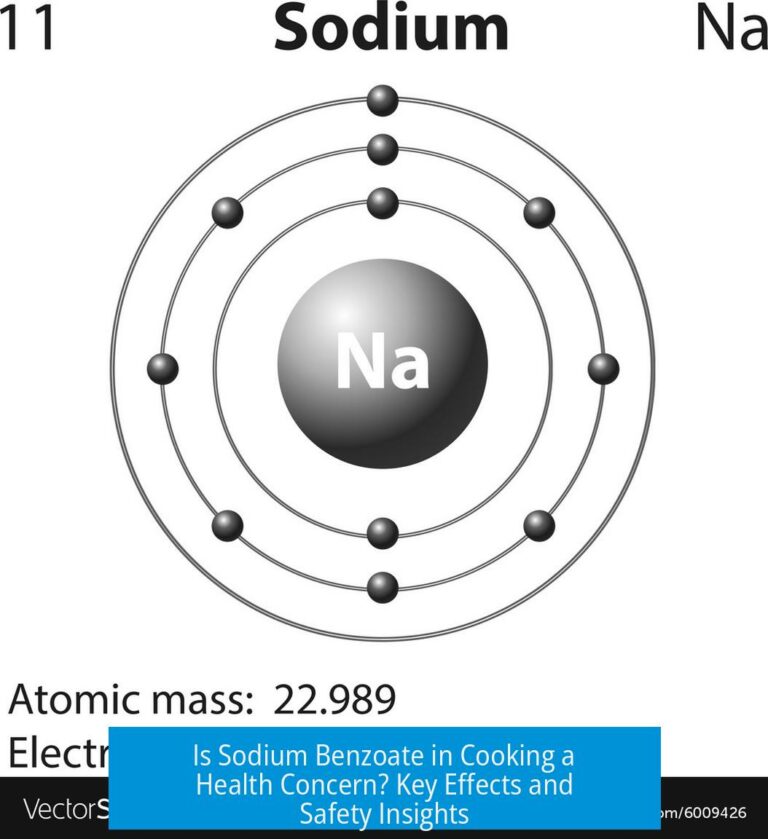
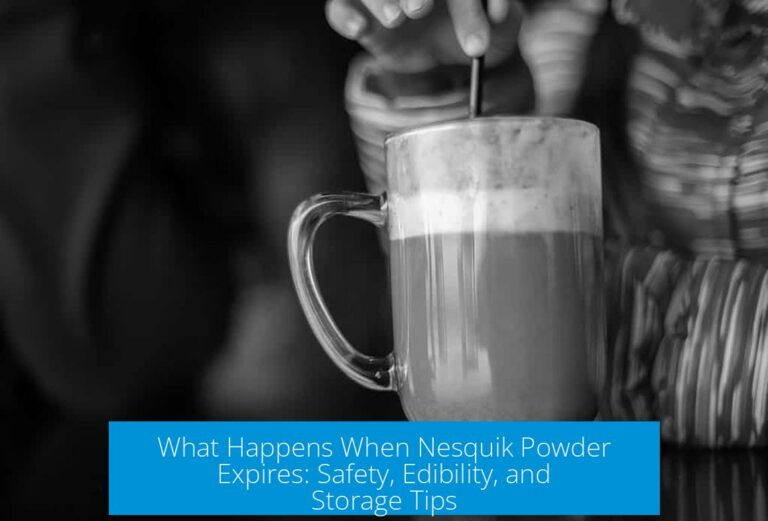
Leave a Comment